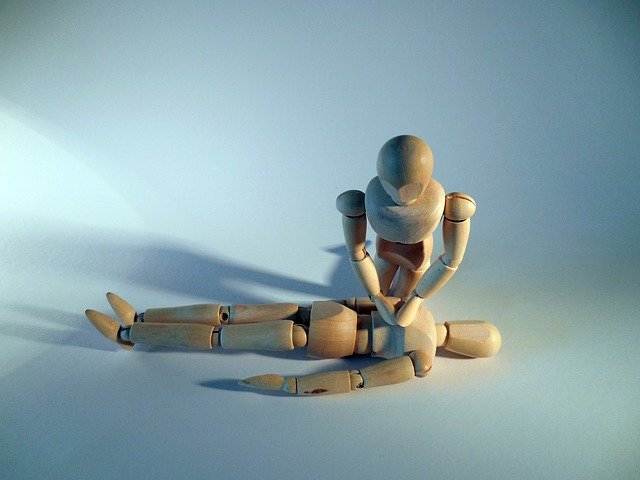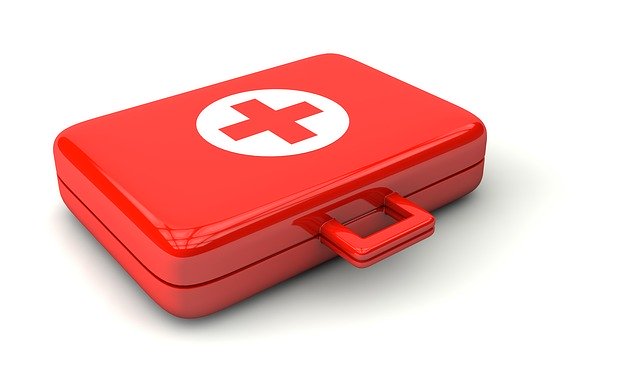Air enters our lungs through the windpipe. Choking is often caused when an object, such as a hard lump of food ends up going into the windpipe instead of the oesophagus. If the object is sitting at the entrance of your windpipe, then a good forced cough can often push it out or prevent it from going down any further. If the item is large, it can cut off your airways completely.
Chocking can be a life-threatening emergency, as the brain cannot survive any longer than a few minutes without oxygen. First aid can help to save the life of a person that is choking if it is applied immediately and correctly. The procedures for first aid between adults and children are different. Ensure you have called an ambulance before administering first aid. An advanced first aid course can save lives if you participate in one.
What are the symptoms of someone choking?
A person who has a partially blocked airway can still cough, speak, and breath. The symptoms will include:
- Frantic coughing
- Clutching the throat
- Panicked and distressed behaviour
- Inability to complete sentences or talk at full volume
- Wheezing or whistling
- Watery eyes
- Red face
If someone’s airway is completely blocked they cannot speak, will cough and will appear to be struggling to breathe. They will have most of the symptoms above along with turning pale and then blue as they begin to lack oxygen. They will then shortly after turning blue become unconscious.

You need to reassure the person and encourage them to cough and breathe. If coughing does not remove the blockage then you need to:
- Call triple zero.
- Bend the person over and give a few back blows with the heel part of your hand right in between their shoulder blades. Ensure you check if the blockage has come loose before you do it again.
- If this doesn’t work, give a few chest thrusts with one hand in the middle of the back and the heel of your other hand on the lowest part of their breastbone. Again, check if the blockage has come loose after each blow.
The technique that is used for adults and children is not safe to be performed on babies. You will need to use a separate technique. You need to lay the baby on your forearm and their head needs to be lower than the body. Make sure you have a strong grip and ensure you are using less force than you would on a child.
How to perform first aid on yourself if you are choking:
- Try to remain calm and aim to get someone’s attention.
- Try and force a good few coughs out. Lean forward as far as you can. If there is something close by hold onto it for support. Breath out if you can and then take in another breath and try to cough. This may force the object out.
- Don’t let people slap you on the back while you remain upright. Gravity can make the object go further down the windpipe. If you can, call an ambulance if no one is around. If you cannot talk, send a text to a friend asking them to call 000 and give them your location.
The best way to know what to do when an emergency strikes is to engage in first aid training. Many courses will teach you how to administer first aid for many emergencies like choking or drowning. It can be beneficial for those with children to do so as children love to put things in their mouth and will always head towards pools and dams when they can.
